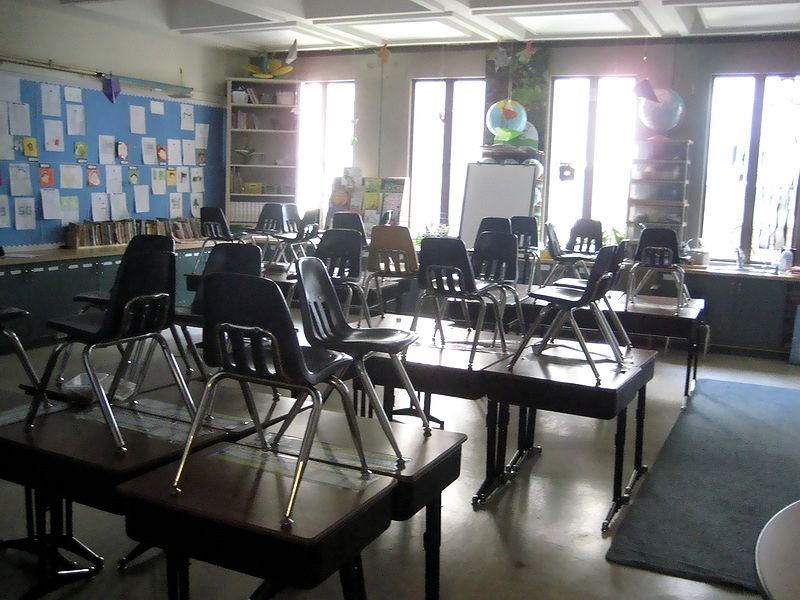So I’m reading Katy Farber’s book, Why Great Teachers Quit: And How We Might Stop the Exodus, which explores the demands, challenges, and rewards experienced by classroom teachers across the country who are staying in the trenches of public education – or – who are choosing to leave the classroom. (Insert sounds of shock and awe here).
Just saying the phrase, “leaving the classroom,” sounds sacrilegious to me. . . My breathing becomes more shallow, my eyeballs dart in a counter-clockwise motion, and my heart feels like it might jump out of my chest.
Teachers in their right minds don’t consider this prospect very often. . .
Do they?
Currently, if you’re not a classroom teacher – you’re an Instructional Coach or some kind of administrator. End. Of. Career. Path.
Current reform efforts, however, seem to have built in ways for teachers to become peer evaluators and coaches; it seems there might be new ways to build in layers of quality, job-embedded support that have been, sorely, lacking in public education.
Things are, definitely, being shaken up in education right now. Some-shakes: good. Some-shakes: bad. Teachers who are faltering under the proverbial more-with-less mantra are leaving the profession in record numbers. But what about teachers, like myself, who like to have one foot in the classroom and one foot on a teacher-leader platform somewhere?
How does this type of teacher know when it’s time to “leave” the classroom?










Comments 1
I need more resources and ideas for teaching middle school language arts.
Thank you,
Lorine Egans